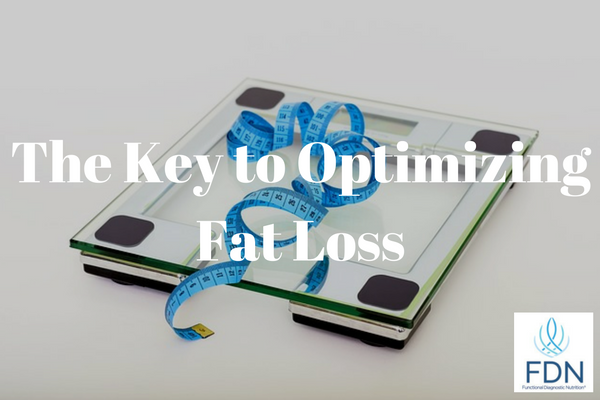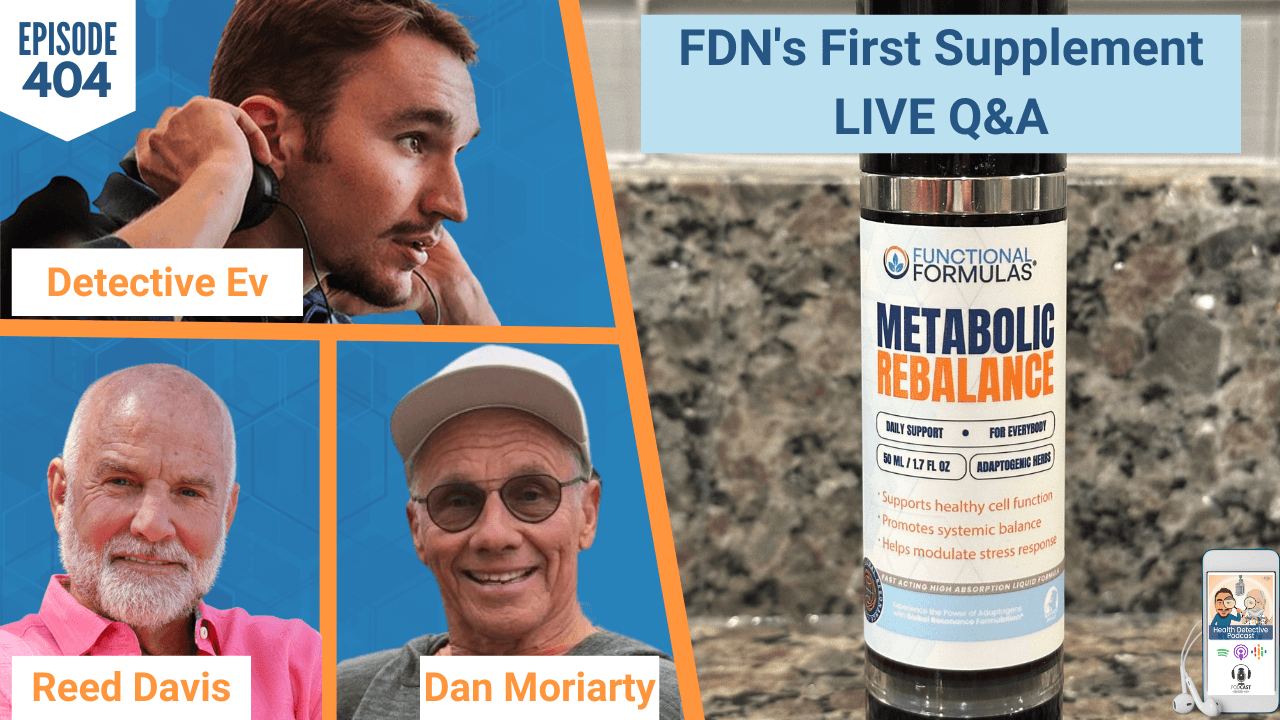Optimizing fat loss can be challenging…particularly when the scale isn’t moving. Here are a few key tips that can help.
Jeannie’s Story
Jeannie had been struggling for years with her weight. These last few years, though, she noticed she wasn’t getting back down to a weight that felt good. Every year seemed to add 10 to 12 pounds on to the scale and she was now at least 50 pounds away from her goal weight. She felt many different things: heavy, cumbersome, unattractive, ashamed and lacking in self-control. She just knew that if she ate better, she would lose the weight.
So Jeannie tried diets, all different kinds of diets, with the goal in mind of losing weight. Some worked a bit, taking off 10 pounds or so. But it was only to have the weight show up again PLUS a few extra pounds. It made no sense to Jeannie. She was eating only organic whole foods and not too much of them either! It became pretty clear that after 5 months of healthy eating that she had not found a solution to her weight problem and the depression set in. Jeannie spent many days not eating anything and her nights crying from the frustration of the toll this was taking on her body. Within one week after lowering her food intake even more, Jeannie gained an additional 3 pounds.
“Jeannie” is a real client. And she represents the real story of many of the clients that come to FDN practitioners for help with weight management.
Weight Loss vs. Fat Loss
One of the most important things to consider when losing weight is the difference between weight loss and fat loss. Losing weight without the benefit of certain considerations will culminate in a loss of some fat. But mostly you will experience a loss of muscle and water. How does this look? If you have excess weight and ALSO have a shape you would like to change, then losing weight will make you smaller. But it will leave you with the same shape. This is because you will be losing muscle, but not a lot of fat, so the fat that IS there on your body will continue to reside in the same areas. We see this mainly in clients who have fasted or tried very low calorie diets.
Losing fat, though, spares muscle and will not only make you smaller, but will also be favorable to your body’s composition. So the goal going forward should be losing fat, not muscle.
How Fat Is Burned
Three things must happen for fat to be burned. The fat must be released, it must travel to a place to be burned and then it must be burned.
The science of this is:
“Hormones regulating our blood sugar levels activate an enzyme in the blood vessels of fat tissue called lipase. Lipase ignites fat cells to release macromolecules called triglycerides, which are what make fat cells fat. Triglycerides are made of glycerol and three fatty acid chains. When they receive the signal from lipase to exit the fat cells, the triglycerides break up into their respective components and enter the bloodstream for use. The liver snatches up the glycerol to break it down for energy, and some of the fatty acids move to the muscles that can farm them for energy as well.
This action of breaking down triglycerides into usable energy is called lipolysis.” Cristen Conger
What to Consider
When trying to lose fat, you should keep some basic principles in mind.
- Eat Whole Food: Making small changes to incorporate more real food and less processed food into your diet will go a long way to set a basic nutritional foundation for your fat loss success.
- Eat Enough Food: Jeannie made the mistake of eating less and less food. But her body responded in a way to protect her and made cellular changes to hang onto all available fat. Getting enough food to support the basic functions of your body will help with fat loss. And it will also benefit the body by not putting it in “crisis” mode.
- Get Enough Sleep: You can read this advice anywhere these days. But the truth is that fat loss is increased during sleep when HGH (Human Growth Hormone) is at its highest. Eating high carbohydrates at night or going to sleep after midnight can really cause a loss in the amount of HGH made by your body. It is therefore a lost opportunity for fat loss.
- Understand What Food Is Right For You: You may be eating a very healthy diet. But if you are not losing weight, it may not be a healthy diet for your unique metabolism. Some people are made to burn protein more efficiently and some are made to burn carbohydrates better. Which one are you? It helps to experiment with different foods to see which ones help you stay full between meals, which ones provide the most energy and which ones best fuel your body.
Jeannie learned to be mindful of what her body needed. She limited foods that did not serve her purpose or that she discovered actually made her feel bad after she ate them. Did she give them up completely? No, as a few of them were here favorites. She just chose to incorporate those foods less than she did before. She ate enough throughout the day to satisfy the needs of her body and began to feel what foods gave her energy.
Paying attention to macronutrients
Balancing her macronutrients (carbs, proteins and fats), really provided the greatest insight into her fat loss as setting up this strategy gave her the boundaries she needed to understand what foods to eat. Jeannie’s weight on the scale started decreasing, her hunger was under control and her energy was high. It was not long before Jeannie was at a weight that made her feel healthier. To use Jeannie’s words, “Every diet I tried felt restrictive. The simple act of learning what foods support my body, though, was the best freedom I have ever found!”
All FDN functional health coaches recognize that you are an individual. Thousands of clients have proven that our methods of helping you learn what your body needs leads to a much healthier and happier life. One of the best parts of our nutritional programs is that once you learn to determine the best foods for your body, you will always have the building blocks for health and suddenly, it becomes less about the food and more about living your true life.







